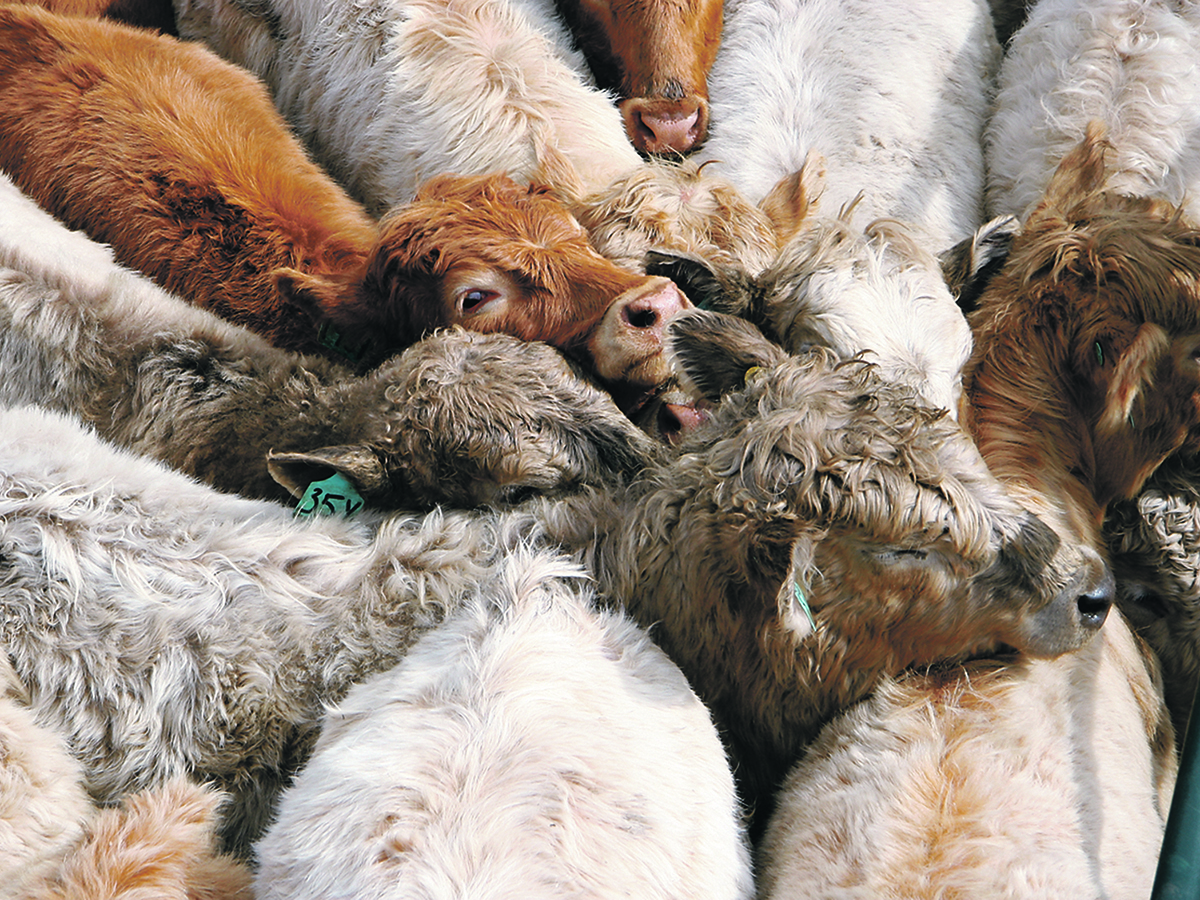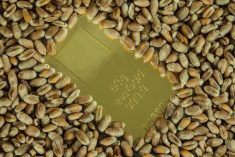The market will be influenced by a number of developments this year, from American policy decisions to feed prices
Auction markets were closed in Western Canada for the week ending Jan. 3, but that didn’t stop cattle producers from emailing or calling me over the holidays inquiring about market direction.
In this article, I’ll discuss six major factors that will influence the feeder cattle market in 2025.
The feeder cattle cash and futures markets surged in December after the United States halted imports of Mexican feeder cattle on Nov. 22 due to a case of New World screwworm in a Mexican animal. It will likely take three or four months for the governments to work out procedures and protocols so that U.S. feedlots can resume imports from Mexico.
Read Also

Exports off to a slow start after last year’s torrid pace
Canadian grain, oilseed and pulse exports are off to a slow start, but there are some bright spots, according to the Canadian Grain Commission’s most recent weekly export data report.
Producers need to watch out for announcements regarding the resumption of trade.
The U.S. imports about 100,000 head of Mexican feeder cattle each month.
In the December World Agriculture Supply and Demand Estimates report, the U.S. Department of Agriculture lowered third and fourth quarter beef production because the department assumes no imports for all of 2025.
Once imports resume, the USDA will increase its third and fourth quarter beef production estimates, and this will weigh on the cash and futures markets for both live and feeder cattle.
March feeder cattle futures are trading near contract highs. The managed money position on the feeder cattle futures as of Dec. 17 was 19,116 contracts, which is the highest level since June 13.
Without going into detail, the managed money (speculative position) and the commercial position ( the smart money) are at extremes. This is usually a red flag for producers because the futures market may be vulnerable to a correction. Feedlot operators buying feeder cattle on basis will lower their bids if feeder futures trend lower.
Jan. 20 is inauguration day for U.S. president-elect Donald Trump. This is his second term in office.
In the previous term, when Trump made “irrational” or “off the cuff” comments, the agriculture secretary would fly to Washington as soon as possible. Trump advisers would discuss and debate why certain statements and implied policies could not be implemented without doing serious harm to U.S. businesses and citizens.
I like to be optimistic. Don’t make irrational or emotional decisions based on social media chatter. This is not official policy. In the past, Trump was open to discussion and listened to advisers.
From April through June 2025, the break-even fed cattle price for Alberta feedlots is in the range of $255-$258 per hundredweight. The projected range for Alberta fed cattle prices during the second quarter of 2025 is $264 to $268 per cwt.
Finishing feedlots will experience positive margins during the second quarter. Feedlots bid up the price of feeder cattle until margins cover variable costs, which are feed (barley and silage) and interest. This is the upper limit for feeder cattle prices.
U.S. corn and western Canadian barley prices are expected to percolate higher throughout the spring.
Western Canadian barley stocks at the end of the 2024-25 crop year will finish below the 10-year average, and the market needs to encourage production in 2025.
Ending corn stocks from the major exporters (Argentina, Brazil, Russia, South Africa and Ukraine, but excluding the U.S.) are expected to drop to seven million tonnes, down from the 2023-24 carryout of 9.75 million tonnes and down from the five-year average of 14 million tonnes.
The corn market cannot afford a crop problem in the Northern Hemisphere in 2025. Corn and barley markets are expected to trend higher until the upcoming crops are more certain. This may temper the upside for feeder cattle prices.
The function of the feeder cattle market is to encourage expansion in 2025.
There was no significant heifer retention in Canada or the U.S. during 2024. Cow-calf producers tend to make decisions on herd expansion during the summer and fall.
U.S. cow-calf producers are expected to hold back 500,000 to 600,000 heifers this summer, while Canadian producers are projected to retain 50,000 to 70,000 females. This will lower the feeder cattle supply.
At the end of each quarter, the USDA releases the Feeder Cattle Supplies Outside Finishing Feedlots report. Watch these numbers.
At extreme highs, markets are more sensitive to fresh information and can be extremely volatile. The timing of feeder cattle sales will be more important for the cow-calf producer and backgrounding operator in 2025. Stay tuned each week for feeder cattle market analysis and detailed prices.
Jerry Klassen is president and founder of Resilient Capital, specializing in proprietary commodity futures trading and market analysis. He can be reached at 204-504-8339 or via his website at resilcapital.com.

















